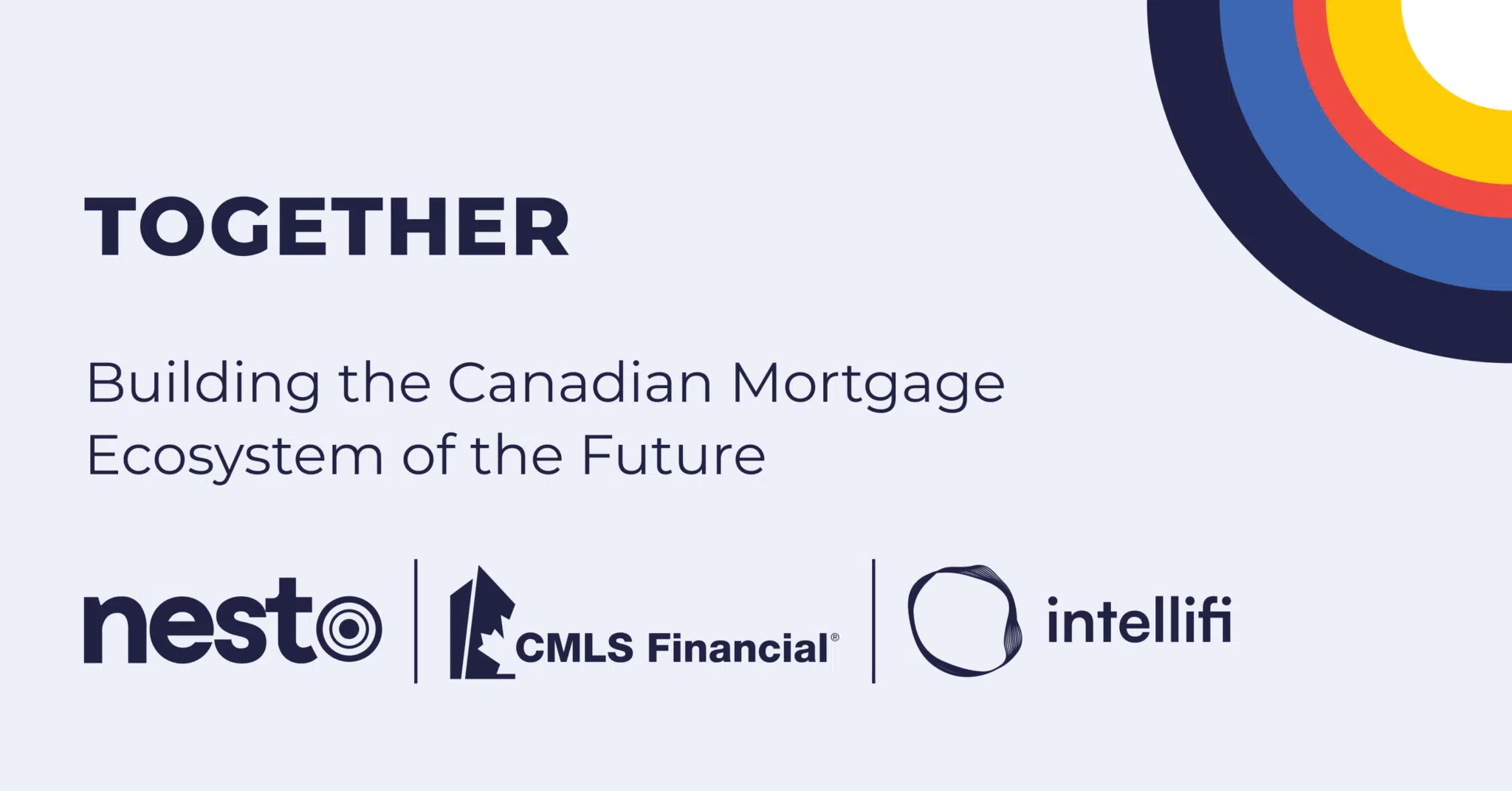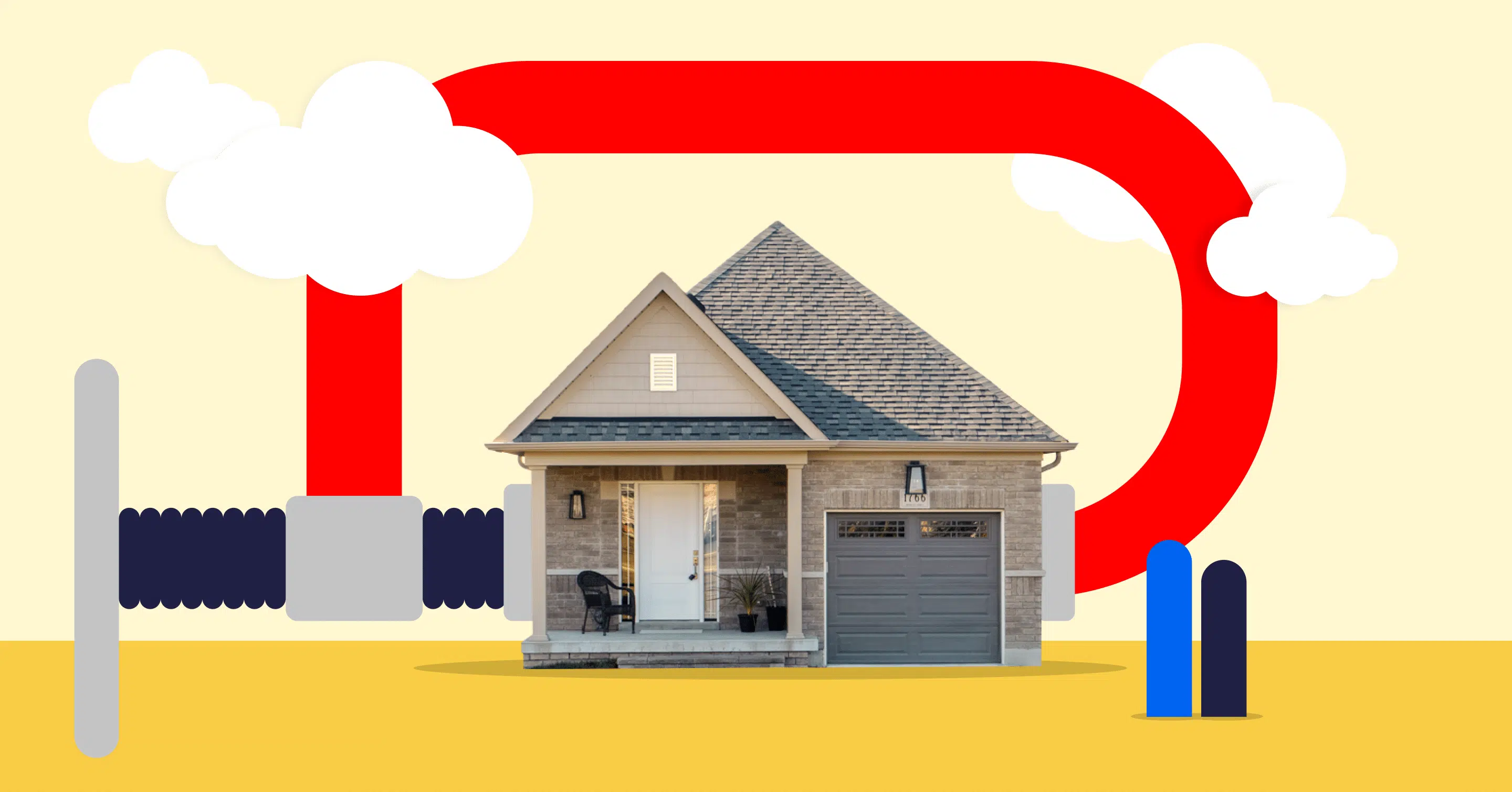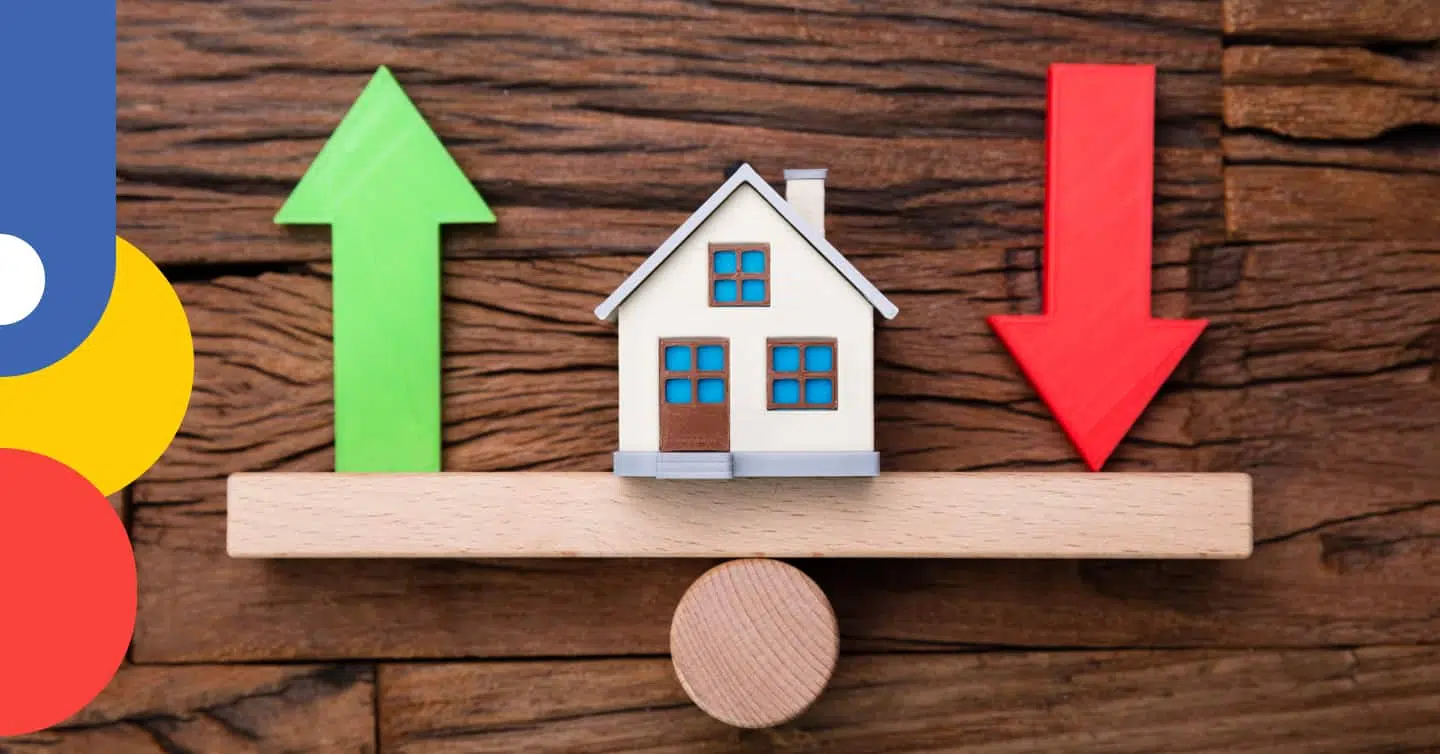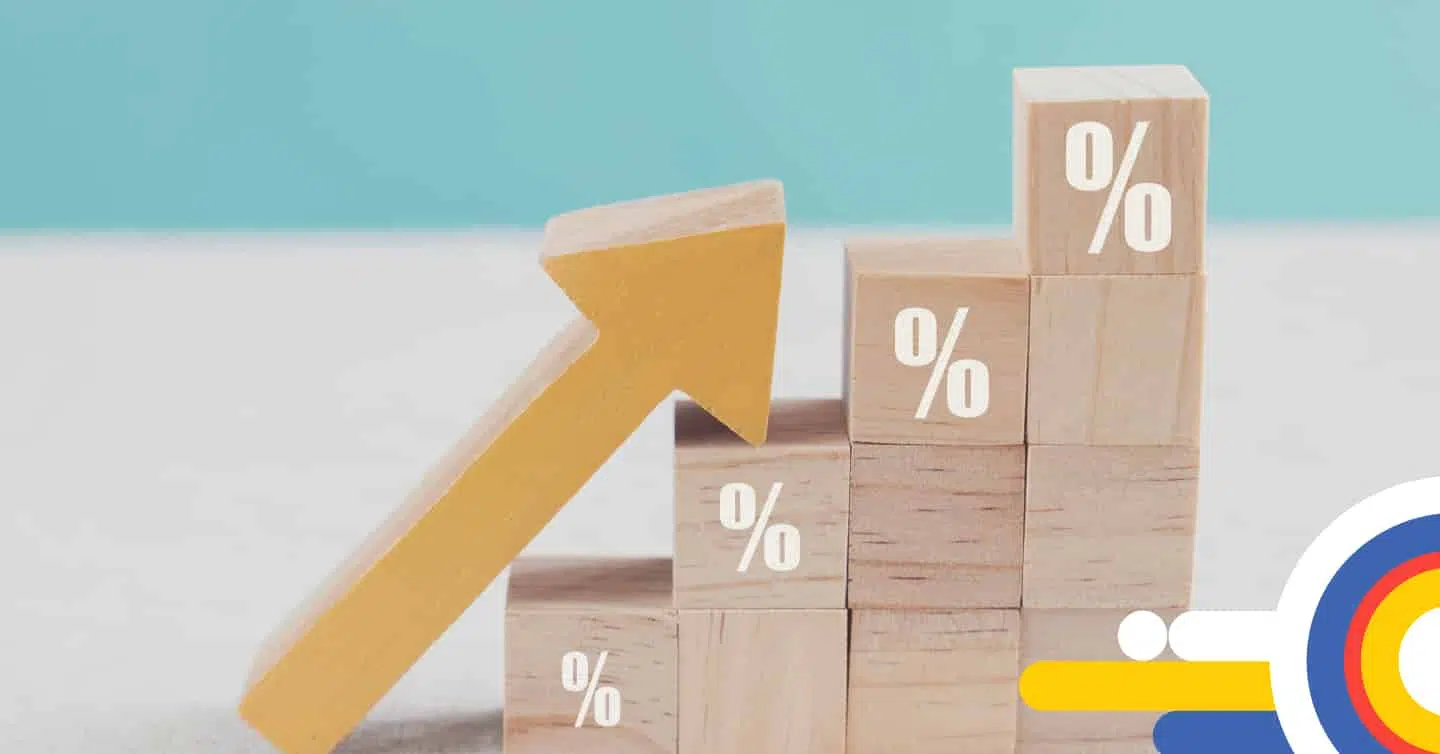Find Today’s Lowest 3-Year Variable Rate Mortgage
Today’s Best Mortgage
No rates at the moment
*Insured loans. Other conditions apply. Rate in effect as of today.
Compare Current 3-Year Variable Mortgage Rates Across Canada
Rates shown here are for insured mortgages from $700,000 to less than $1,375,000. Some conditions apply.
For visualization purposes only. Get a clearer view with our Mortgage Payment Calculator.
nesto’s lowest vs Big Bank insured mortgage rates
Results
For today, July 18, 2025, nesto’s {term}-year {type} mortgage rate is {bps} bps ({bps_percent}) lower than the similar average at Canada’s Big 6 Banks. On a {mortgage_ammount} mortgage over a {amortization_period}-year amortization, with nesto your monthly payment would be {nesto_monthly_payment}, saving you up to {monthly_savings} on your monthly payment. This equals {savings_interest} in interest saved while also paying down an extra {extra_payment} on principal over your term.
Are you a first-time buyer?
Province
Today’s National 3-Year Variable Mortgage Rate Trends
For Friday, July 18, 2025:
Canada’s average 3-year conventional variable and adjustable mortgage rate is
1 basis point is 1/100 of a percentage point, equaling 0.01%.
What is the average 3-year variable mortgage rate in Canada today?
The average 3-year variable conventional mortgage rate is
What is the lowest 3-year variable mortgage rate in Canada today?
The lowest 3-year variable insured mortgage rate is
Mortgage Industry Insights: July 2025
Bank of Canada rate announcement: The Bank of Canada’s (BoC) latest announcement on June 4th was a policy interest rate hold, leaving it unchanged at 2.75%. This continues to put a pause on the BoC easing cycle, as uncertainty and unpredictability caused by fluctuating tariffs and ongoing trade negotiations erode consumer and business confidence.
The Governing Council decided to hold the rate due to high uncertainty around US tariffs, a softer Canadian economy, and unexpected recent inflation data until the impact of US trade policies is clearer. The BoC stated that its focus is on ensuring that Canadians continue to have confidence in price stability during this period of global upheaval, aiming to support growth while keeping inflation under control.
The latest BoC announcement will not impact borrowers in a 3-year variable and adjustable mortgage term.
The following BoC announcement is scheduled for July 30th. Using nesto’s proprietary overnight index swap and forward rate calculation data, bond markets are currently pricing in a probability of a 25 basis point cut.
Real estate market update: On July 15th, the Canadian Real Estate Association (CREA) released its June home sales data. The data showed that home sales rose 2.8% between May and June, building on the 3.5% gain from May. Recovery in sales activity is being led by the Greater Toronto Area (GTA), where transactions remain low but have rebounded a cumulative 17.3% since April.
June’s home sales activity reported that new listings fell 2.9% month-over-month. Home prices have stopped falling and held steady, remaining relatively unchanged compared to last month. It appears the rebound in the housing market has been delayed by a few months, with market activity projected to resurface over the summer. However, new tariff threats may still influence the housing market in the coming months, keeping activity subdued.
CPI inflation update: Statistics Canada’s latest inflation data, released on July 15th, showed the Consumer Price Index (CPI) rose 1.9% year-over-year in April, up from the 1.7% increase in May. This was due to headline inflation growing at a faster pace, with gasoline prices falling 13.4% in June, compared to a 15.5% decline in May. Faster price growth for durable goods, including passenger vehicles and furniture, put upward pressure on CPI.
Variable Mortgage Types
There are 2 types of variable mortgages: Variable-rate (VRM) and adjustable-rate (ARM). While both types of variable mortgages will see the interest rate adjust with changes to the lender’s prime rate, how this change is applied is what sets them apart.
Variable-Rate Mortgage (VRM)
Variable-rate mortgages (VRMs) have fixed mortgage payments that do not change with changes to interest rates. Instead, the proportion of the payment that goes toward the principal and interest will change when interest rates change.
If rates increase, more of your fixed payment will go toward the interest portion, with less toward the principal. If interest rates decrease, more of your fixed payment will go toward the principal portion, with less going toward interest.
When interest rates decrease, more of your payment goes toward the principal, which can help you pay off your mortgage faster. At the end of your term, your amortization may be less than what it was at the beginning of the term, saving you more on interest-carrying costs over the life of the mortgage.
When interest rates increase, you may hit a point where there is no longer any repayment on the principal balance, as payments start to cover interest only. This can increase your amortization, leading to over-amortization. When your 5-year term is over, you may have added more time to your amortization, requiring you to prepay your mortgage to bring your amortization back to schedule.
VRMs put you at risk of payment shock at renewal, and you may be affected by hitting your trigger rate or trigger point during the mortgage term.
Adjustable-Rate Mortgage (ARM)
Adjustable-rate mortgages (ARMs) have adjustable mortgage payments that change with changes to interest rates. The principal portion of your mortgage payment remains the same, while the interest portion changes to reflect changes to interest rates.
If rates increase, your mortgage payment will increase since the interest portion will increase to cover the increase in interest rates while your principal remains fixed. If rates decrease, your mortgage payment will decrease since the interest portion is reduced to reflect the change in interest rates, while your principal remains fixed.
Your amortization is unaffected by an ARM since payments adjust, and you will avoid trigger rates and trigger points with this type of variable mortgage. However, you may be at risk of payment shock if rates increase quickly, since your mortgage payments will increase just as quickly.
Learn About 3-Year Variable Mortgage Rates
Mortgage shopping can be confusing, especially if you’re a first-time home buyer or renewing/refinancing your mortgage for the first time. There are many mortgage terms and options, and it can be challenging to know where to start.
This section will cover some mortgage terms and the most common questions you may have when shopping for a mortgage in Canada.
What is a 3-year variable mortgage rate?
A 3-year variable mortgage rate covers a 3-year term in which your interest rate may fluctuate. Any changes to the Bank of Canada policy rate will change your lender’s prime and variable rates on new mortgages. Your variable mortgage rate will change according to the prime rate minus any discounts set by your lender at the beginning of your contract.
For example, if you signed a contract for prime minus 0.90%, your rate is whatever the prime rate is with a discount of 0.90%. If the prime rate were 7.20% when you first signed the contract, your rate would have been 6.30%. If your lender’s prime rate decreased to 6.95% during your term, your rate would now be 6.05%.
What are the benefits of a 3-year variable mortgage?
A 3-year variable mortgage offers the benefits of interest cost savings if rates decrease during your term. With variable mortgages, you realize these cost savings either as your mortgage payment immediately decreases or with more of your payment going toward principal and less to interest, reducing your amortization.
Breaking a variable mortgage is generally less expensive than a fixed mortgage since you are charged a penalty of 3 months of interest instead of the interest rate differential (IRD) often used to calculate fixed-rate mortgages. Since a 3-year term is shorter, you’re less likely to pay a penalty as your term will end earlier than if you were to choose a 5-year variable term.
Are there any disadvantages to a 3-year variable mortgage?
A 3-year variable mortgage means your interest rate may change anytime during the mortgage term. If rates increase, you will immediately feel the effects of higher rates. If you have an ARM, you could risk payment shock if interest rates continue to increase, causing your mortgage payments to increase substantially. If you have a VRM, you could risk hitting your trigger rate or trigger point, causing your mortgage balance to increase rather than decrease, leading to negative amortization.
What is payment shock?
Payment shock can occur if your mortgage payment drastically increases. This can happen with variable-rate and adjustable-rate mortgages if your payments increase to the point that they are no longer affordable on your income.
If you have an adjustable-rate mortgage (ARM), you will immediately realize an increase in interest rates through increased mortgage payments. If interest rates rise quickly, you could risk a payment shock at any time during your mortgage term, as your payments may rise to a level that becomes unaffordable.
If you have a variable-rate mortgage (VRM), you may realize payment shock at renewal if your mortgage has over-amortized. This occurs when your remaining mortgage balance and amortization exceed the expected repayment schedule. You must then renew your mortgage and put your amortization back on track.
For example, if you started with a 25-year amortization, after 3 years, you should have 22 years remaining. However, if your mortgage ended up over-amortized due to increasing interest rates, you could end your mortgage term with 25 years remaining. At renewal, you may need to return to the 22-year amortization to stay on schedule, which can cause your mortgage payments to increase substantially, resulting in payment shock.
What is a trigger rate?
Hitting your trigger rate applies to those with a variable-rate mortgage (VRM) and occurs when the fixed mortgage payment only covers interest. As rates increase, your mortgage payment eventually no longer covers any of the principal portion of your payment. When each mortgage payment is made without covering any principal, your amortization will increase instead of decrease.
The trigger rate should be outlined in your mortgage documents and applies if you have not made any prepayments during your mortgage term. You can also calculate your trigger rate if you know your mortgage payment, how many payments you make a year and the remaining mortgage balance.
For example, if you pay $1,200 bi-weekly and owe $600,000, your trigger rate will be 5.2%, calculated as:
$1,200 x 26 / $600,000 x 100 = 5.2%
This means once interest rates on your VRM reach or exceed 5.2%, you are at risk of hitting your trigger rate.
What is a trigger point?
Hitting the trigger point applies to those with a VRM and occurs when the fixed mortgage payment only covers interest for some time. This has allowed the mortgage balance to increase rather than decrease, and grow to more than the original mortgage amount. You’ve now hit your trigger point and will be required to put your mortgage back on track.
You can get your mortgage back on schedule by making a prepayment to pay down the ballooned principal, increasing your mortgage payments to cover the increased payments required to the principal, or refinancing the mortgage and increasing the amortization.
The exact amount that will cause you to reach the trigger point, which requires immediate action, will vary depending on the lender.
How is a 3-year variable mortgage rate determined?
3-year variable rates are determined based on the Bank of Canada policy rate. When the policy rate is adjusted, lender prime rates will also adjust, increasing or decreasing by the same amount. Prime rates are set based on the policy rate plus a spread, typically 2.20% higher than the policy rate.
3-year variable mortgage rates are then set based on the lender’s prime rate plus or minus a percentage discount or premium. The premium or discount varies between lenders as it covers their funding, risks, and overhead costs when lending money.
What is the Bank of Canada’s policy rate?
The BoC policy rate is a monetary policy tool used to control inflation in the Canadian economy. It is adjusted on 8 fixed dates each year, reacting to economic changes to keep inflation within the target range.
When inflation is too high, the BoC increases interest rates to make borrowing more expensive. This impacts consumer spending habits and cools the economy, returning inflation to the target range.
When inflation is too low, the BoC decreases interest rates to make borrowing less expensive. This encourages borrowing and spending, stimulating the economy and contributing to inflation, allowing it to return to the target range.
The effects of monetary policy decisions take approximately 6 to 8 quarters to work through the economy and affect inflation, so the BoC’s decisions today will not fully impact the economy for 18 to 24 months. This makes monetary policy decisions forward-looking, with rates set based on predictions of where inflation will likely be in the future rather than what it is today.
How can I apply for a 3-year variable mortgage?
To apply for a 3-year variable mortgage at nesto, answer a few questions or give us a call to speak with an agent to help you find your best mortgage rate. A mortgage expert will guide you through the process, explaining the features, benefits, and restrictions to ensure that a 3-year variable mortgage rate makes the most sense for your financial situation and mortgage needs.
How to Find the Best 3-Year Variable Mortgage Rates in Canada
Finding the best 3-year variable mortgage rates in Canada will depend on several factors, including monetary policy, the state of the Canadian economy, global economies, inflation, your current financial situation and credit score.
Should I complete a pre-approval or a pre-qualification?
Pre-approvals and pre-qualifications will analyze your borrowing capacity and examine your income, debts, downpayment, and savings. This will be compared to your total net worth minus what you have set aside for your downpayment and closing costs. These assessments typically occur before you have found a property. Pre-qualifications do not come with a guaranteed rate.
Some lenders will offer a pre-approval with a rate hold and attach a premium to the rate. Rate holds can provide peace of mind when shopping for a property if rates are anticipated to rise before you expect to have an offer accepted on a property.
Lenders that offer the best rates typically only offer live rates, meaning you can only lock in a rate once you have accepted an offer on a property and applied for a mortgage. Speak with one of nesto’s mortgage experts to determine if a pre-approval or pre-qualification for a 3-year variable mortgage suits your home financing needs.
What is a variable mortgage rate hold?
Depending on the rates offered, some lenders will hold your discount from the prime rate for a set amount, typically 60 to 180 days. This allows time to find a property without worrying about changes to your discount. Once approved for the mortgage, the lender will issue you a mortgage commitment to hold a discount from their prime rate on a variable-rate or adjustable-rate mortgage.
Most lenders will add a premium to the rate they hold for you. The lender must set aside this money for you, which comes at a cost since they can only utilize those funds once you return and fund your mortgage. Some lenders will offer a quick close rate if the mortgage is funded within 45-60 days. This rate is a special offer with a limited supply of money at that rate.
Factors That Influence Your 3-Year Variable Mortgage Rate in Canada
3-year variable rates are determined based on the BoC policy rate, which directly impacts your lender’s prime rate. However, other factors can influence how your 3-year variable mortgage rate is priced, either with a discount or premium added to the prime rate.
These factors can include your credit score, income, downpayment, and the purpose of the loan. Mortgage rates also vary depending on your loan-to-value (LTV) ratio, as rates are priced based on the risks associated with the mortgage, property, and borrower.
Mortgage Term
The mortgage term is the time the mortgage agreement will be in effect. Variable mortgage terms are typically offered as 6 months, 1 year, 3 years, and 5 years. The term is just one of the criteria lenders use when pricing mortgages.
Mortgage Type
Mortgage types include adjustable, variable, fixed, open, closed, standard charge or revolving home equity line of credit (HELOC) under a collateral charge. The type of mortgage you select will determine the interest rates you are offered.
Open mortgages have higher interest rates than closed mortgages because they offer more flexibility in paying off the mortgage at any time without penalty. Fixed and variable mortgages will have different interest rates based on what influences changes to those rates.
Variable rates are determined using the lender’s prime rate, based on the Bank of Canada policy rate plus a spread. Fixed rates are determined based on bond yields of corresponding maturities (5-year fixed rates will follow 5-year bond yields) plus a spread.
Downpayment
The downpayment amount will determine your loan-to-value (LTV) ratio and whether you must purchase mortgage default insurance. Insured and insurable mortgages typically have lower interest rates since mortgage default insurance lowers the risk to the lender if you default on mortgage payments. Uninsured mortgages usually have higher interest rates to price in the risk to the lender on these mortgages.
Qualifying Ratios
Lenders assess your ability to afford a mortgage by examining your Gross Debt Service (GDS) and Total Debt Service (TDS) ratios. GDS focuses on your housing expenses against your gross income, while TDS considers all your debts. For CMHC-insured mortgages, the standard ratios are 39% for GDS and 44% for TDS.
Calculating your qualifying mortgage payment is subject to a stress test using the higher of your contract rate plus 2% or the minimum qualifying rate, which is currently 5.25%. The lower your qualifying ratios, the less risky you are to a lender. You could be offered more competitive rates if you have lower qualifying ratios.
Property Use
If the subject property is used as a primary residence (owner-occupied), you will have access to lower interest rates than an investment property used as a rental. A property purchased as a primary residence with a second, separate, legally registered suite is considered an owner-occupied rental that will give you access to the same rates as a primary residence.
Transaction Type
Refinances are considered uninsured transactions, which carry a higher risk than renewals. Lenders will price refinances higher based on the risk associated with the specific mortgage.
Converting a mortgage from a variable to a fixed rate is also known as an early renewal. Lenders typically only offer undiscounted rates if you convert your variable or adjustable rate into a fixed mortgage rate.
Amortization
While the amortization may not directly affect your interest rate, it will impact the amount of interest you pay over the life of your mortgage. A shorter amortization will help you save on interest-carrying costs, though mortgage payments will be higher. A longer amortization will lower mortgage payments but come at the expense of more interest over the life of the mortgage.
Credit Score
The best rates are reserved for borrowers with excellent credit scores. You’ll typically have access to the lowest prime lending rates if you have excellent credit. You may need to look into alternative lenders at higher interest rates if you have poor credit.
Proof of Income
To qualify for prime lending and access the best rates, you need proof of stable income that can be verified through pay stubs, letters of employment or T4s if employed with an employer.
For self-employed or incorporated individuals, you may require, at minimum, the Business Registration or Articles of Incorporation, Notice of Assessments (NOAs), T1 Generals and 3 months of business/corporate/individual bank account histories.
How Much Do Lenders Make on Their 3-Year Variable Mortgages?
This chart illustrates the spread between the Bank of Canada’s policy & prime rates and the corresponding 3-year variable mortgage rate. It also shows the difference in variable mortgage pricing discounts between nesto’s insured and the comparable average insured rate from Canada’s big banks. We’re tracking this movement from the 1st anniversary of the current rate tightening cycle, which started in March 2022 by the Bank of Canada.
Why Choose nesto
At nesto, our commission-free mortgage experts, certified in multiple provinces, provide exceptional advice and service that exceeds industry standards. Our mortgage experts are non-commissioned, salaried employees who provide impartial guidance on mortgage options tailored to your needs and are evaluated based on client satisfaction and advice quality. nesto aims to transform the mortgage industry by providing honest advice and competitive rates using a 100% fully digital, transparent, seamless process.
nesto is on a mission to offer a positive, empowering and transparent property financing experience – simplified from start to finish.
Contact our licensed and knowledgeable mortgage experts to find your best mortgage rate in Canada.













